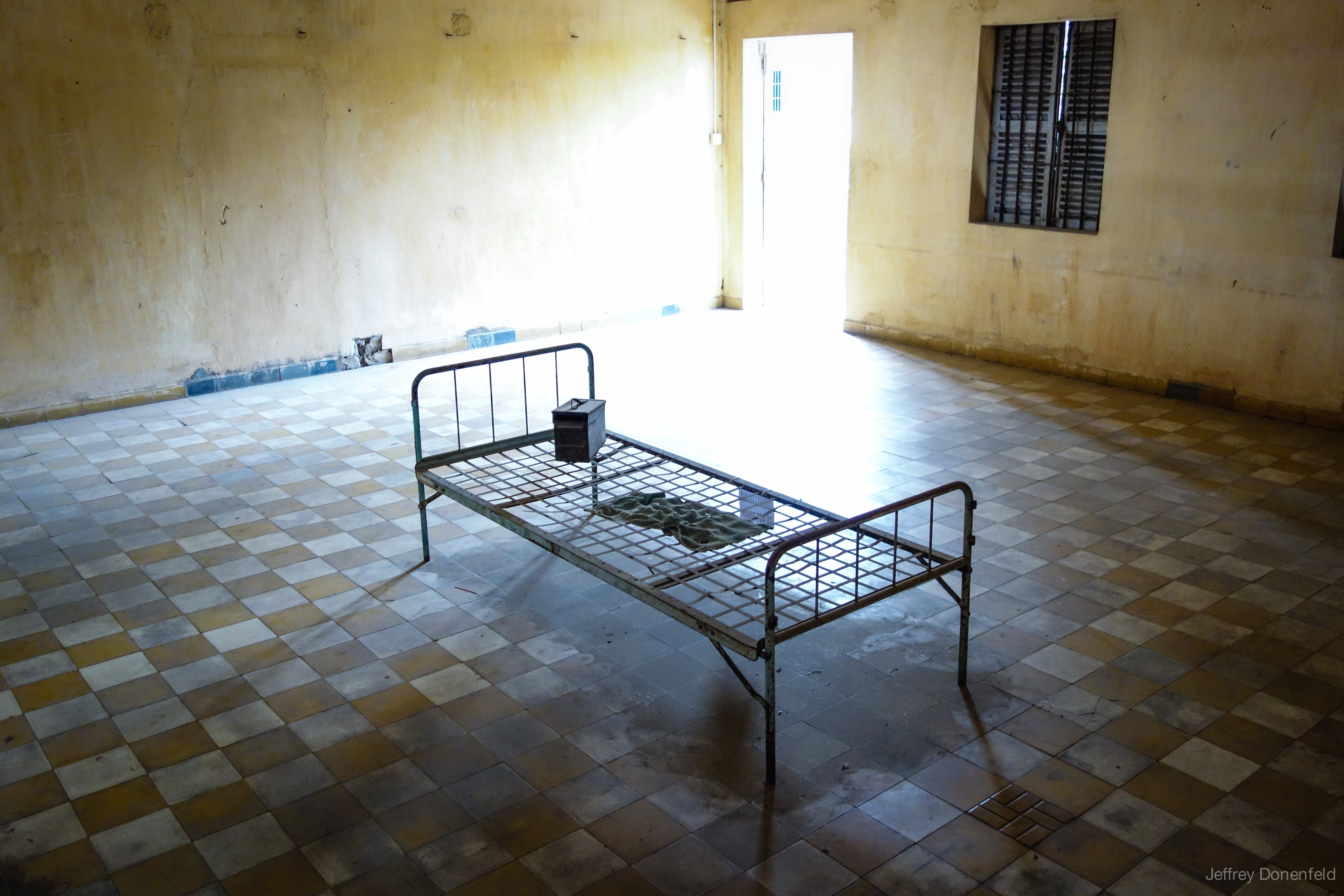Vietnam was great, and I really wish I could have spent much more time there. It’s certainly a country worth returning to. However, I was on a somewhat tight schedule, and still wanted to see Cambodia. I took a bus across from Saigon to Phnom Penh, and checked into the Mad Monkey Hostel in the middle of downtown.


First, and continuing impressions of Phnom Penh were good. The city is arranged on a neat grid, and while walking around, seemed significantly more cosmopolitan than I had expected. There’s a certain energy in the air, feeling like things are changing and improving everywhere. Lots of building projects are taking place, and people seem generally happy.
I only had two days in Phnom Penh, and made the most of my time.

On the evening I arrived, I took a walk across town to the Royal Palace – which was beautiful. On my way out, I noticed a few event tents being setup across the way, and went to investigate. It turned out that the Phnom Penh International Half Marathon was being run the very next morning, and I was just in time to register. I registered for the full distance, and immediately made my way back to the hostel to sleep.


Next morning, I woke up and ran the half marathon, which was great. Running a race through a new town was a great way to get to see everything, and I ended up doing fairly well.
https://www.flickr.com/photos/jamfan2/9474248832/in/set-72157635001513140



Later that day, I took a brief trip out to the gun range, visited the Killing Fields and S21, and then had a dinner at a rooftop restaurant. Phnom Penh was great, and the next morning I departed for Siem Reap.
More on S21 from
https://en.wikipedia.org/wiki/Tuol_Sleng_Genocide_Museum”>Wikipedia:
The Tuol Sleng Genocide Museum (Khmer: ???????????????????????????????????????????) is a museum in Phnom Penh, the capital of Cambodia. The site is a former high school which was used as the notorious Security Prison 21 (S-21) by the Khmer Rouge regime from its rise to power in 1975 to its fall in 1979. Tuol Sleng (Khmer [tu?l slae?]) means “Hill of the Poisonous Trees” or “Strychnine Hill”. Tuol Sleng was only one of at least 150 execution centers in the country,[1] and as many as 20,000 prisoners there were killed.



